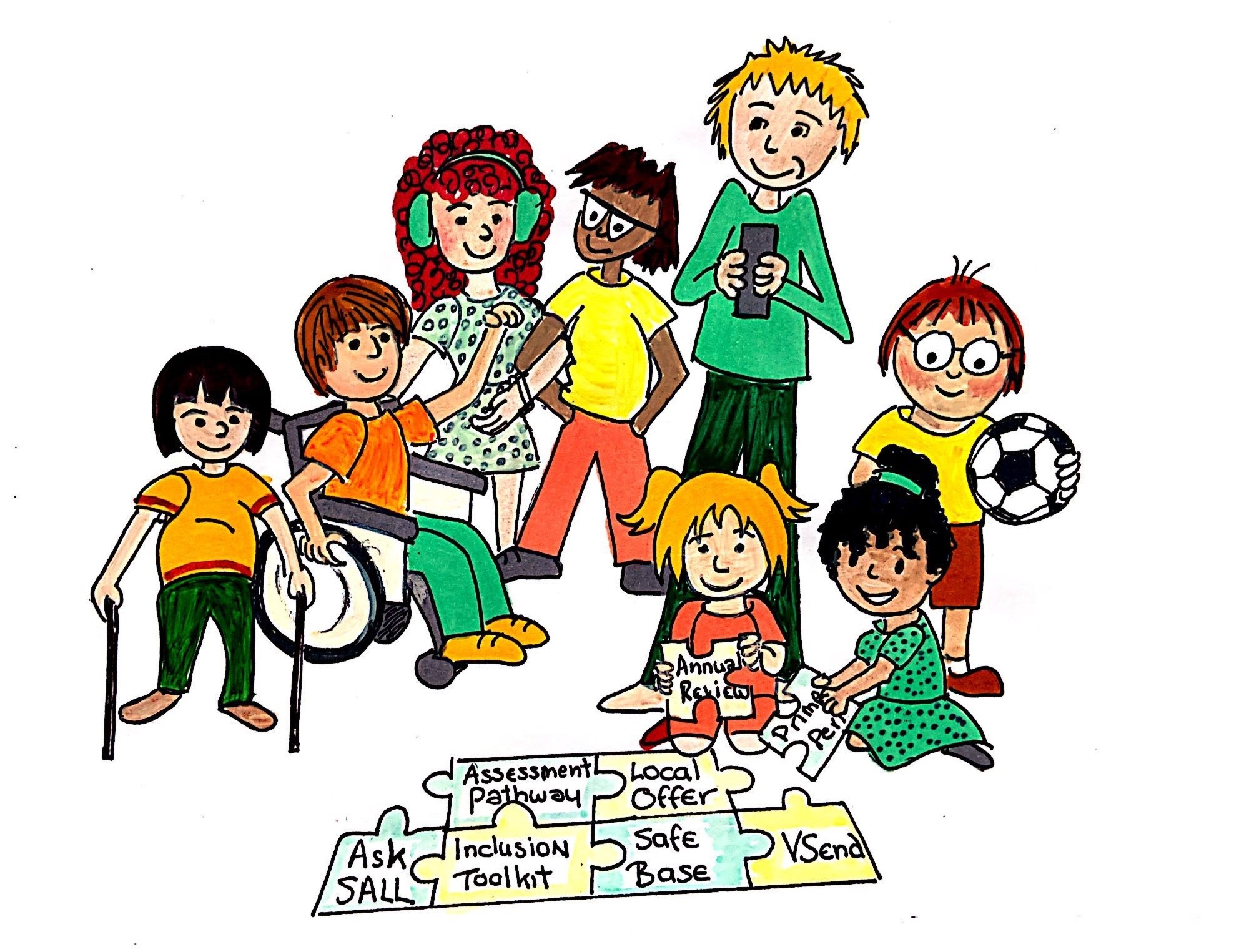Level 3-4 what you may notice
0-5
The child exhibits moderate difficulty in understanding language, in using language and with speech sounds which impact on their ability to communicate effectively, to establish relationships and to learn and may impact on a child's personal, social and emotional development.
Understanding of language
- the child will have difficulties following instructions, understanding games and tasks, and making sense of what is being said to them without visual references. They may be able to get by using clues from other children or guessing from the context
- they will have difficulties acquiring listening, attention skills and understanding spoken language and receptive language delay is more than 12 months
Expressive (spoken) language
- expressive language delay is more than 12 months and the child will still use repeated syllables ‘mm’ ‘dd’ to communicate. They may put words in the wrong order (ability disordered expressive language)
Speech sounds
- the child will have immature speech sounds and patterns and adults will have difficulty understanding most of their spoken language
5-16
The pupil shows low level frequency speech, language and communication difficulties which interrupts learning in some situations. The pupil’s needs are met though high quality teaching , differentiated teaching and learning and the use of targeted intervention.
- persistent delay or disordered speech sound production impacts on acquisition and development of literacy skills
- difficulties with spoken language or comprehension and in using language for learning impact on access to curriculum without universal school-based support
- performance may show a marked discrepancy between attainment levels in English and other areas of learning
- lower than expected attainment across a number of curriculum areas, compared to evidence of learners underlying ability
- significant speech or language difficulty prevents access to a large part of the National Curriculum
- limited range of vocabulary understood in writing and oral communication, compared to age-expected range
- difficulty in understanding instructions with multiple elements
- tires easily when listening and can sometimes appear inattentive or distracted
- the pupil sometimes struggles to express themselves verbally
- most new vocabulary will take longer to acquire than for peers
- they may confuse words and will frequently use words out of context
- speech sounds are consistently immature, with motor difficulties relating to formation of sounds


